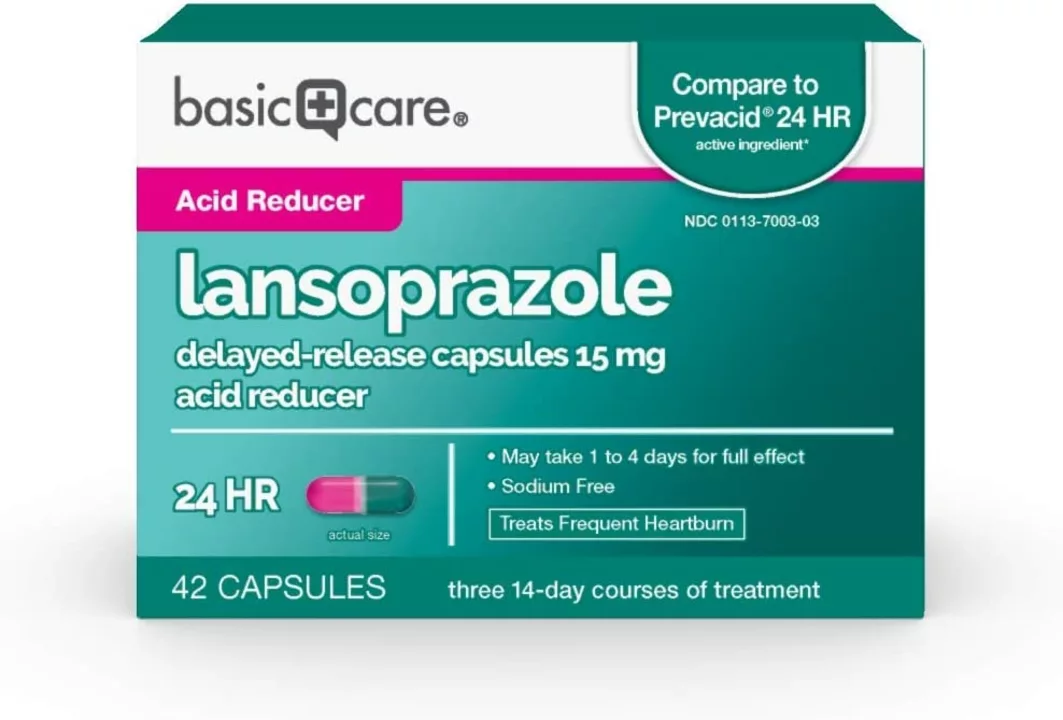Lansoprazole: What It Does and How to Use It
Ever had heartburn that won’t quit? Lansoprazole is a proton pump inhibitor (PPI) that cuts stomach acid and helps heal GERD, ulcers, and related acid problems. It’s sold under names like Prevacid in some places and comes as delayed‑release capsules or orally disintegrating tablets.
Most people feel less heartburn in a few days; full healing can take weeks. Lansoprazole turns off acid pumps in stomach cells so acid levels stay lower for a long stretch. That’s why one pill a day often does the job.
How to take lansoprazole
Take lansoprazole on an empty stomach, 15–30 minutes before your first meal. For adults common doses are 15 mg or 30 mg once daily, but your doctor will set the right dose for your problem. Use the delayed‑release form whole — don’t crush, chew, or open the capsule.
Treatment length varies. For simple heartburn you might use it 2–4 weeks. For erosive esophagitis or ulcer healing your doctor may prescribe 8 weeks or longer. If your doctor wants long‑term therapy, expect checkups for symptom control and possible tests for deficiencies.
Stopping suddenly can cause rebound acid in some people. If you’ve used lansoprazole for months, ask your doctor about tapering or switching strategies to avoid bad rebound symptoms.
Side effects, interactions, and safety tips
Common side effects are mild: headache, nausea, stomach pain, or constipation. Serious but less common issues include low magnesium, vitamin B12 deficiency over long use, increased risk of bone fractures with high‑dose or long‑term use, and rare kidney inflammation. If you get severe diarrhea, muscle cramps, irregular heartbeat, or jaundice, call a doctor.
Lansoprazole can interact with other meds. It may reduce activation of clopidogrel and can affect drugs like methotrexate or certain antifungals. Always tell your provider about blood thinners, HIV meds, seizure drugs, and heart meds before starting a PPI.
Want to buy lansoprazole online? Make sure you have a valid prescription when required. Pick a licensed pharmacy with clear contact details, a pharmacist available for questions, and secure payment. Avoid sites that sell prescription drugs without asking for a prescription or that offer suspiciously low prices. Check reviews and look for pharmacy verification seals from recognized regulators.
Use the medicine exactly as directed, report unexpected side effects, and get regular follow‑ups if you’re on long‑term therapy. Pregnant or breastfeeding? Talk with your healthcare provider — they’ll weigh risks and benefits. If you still have burning questions about lansoprazole, bring them to your doctor or pharmacist — they can tailor advice to your situation.

